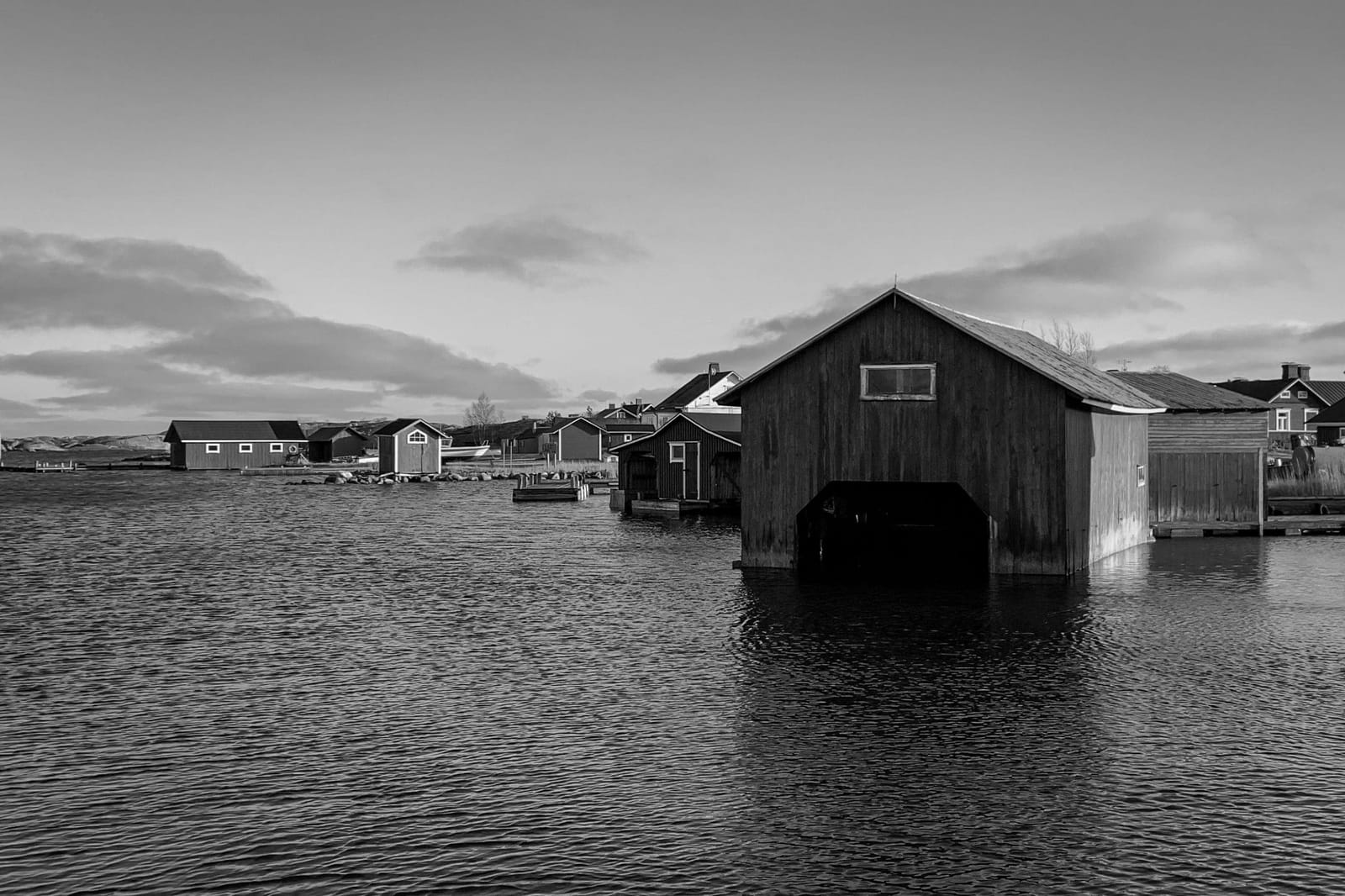We took a ship through the Finnish archipelago towards the small island of Utö in the Baltic Sea. The waves lulled me to sleep, and I woke up in tears from a vivid dream about hugging my dad. I’d found him standing in an empty cabin, telling me I could always find him there. It’s the closest I’ve come to experiencing some kind of visitation.
The ship arrived at a long concrete dock, and we stepped onto the island with the other passengers: a mother and two toddlers, an elderly couple, and several stern middle-aged men with state-of-the-art cameras and binoculars. No matter where you go, there are always middle-aged men taking things too seriously. Within moments, everyone disappeared into the narrow paths between a cluster of red clapboard houses. Suddenly, we were alone in a village without cars, people, or sound aside from the January wind and waves. The effect was like stepping into the terrain of a Camus novel, and I stared at the empty cabins along the shore, half wondering if I was still dreaming about my father.
Utö’s colossal stone lighthouse has been recording marine weather observations since 1881. There’s something profoundly reassuring about the nautical language of barometric pressure, trade winds, and shipping lanes. Why is that? Perhaps it’s the combination of physical orientation coupled with atmospheric change.








